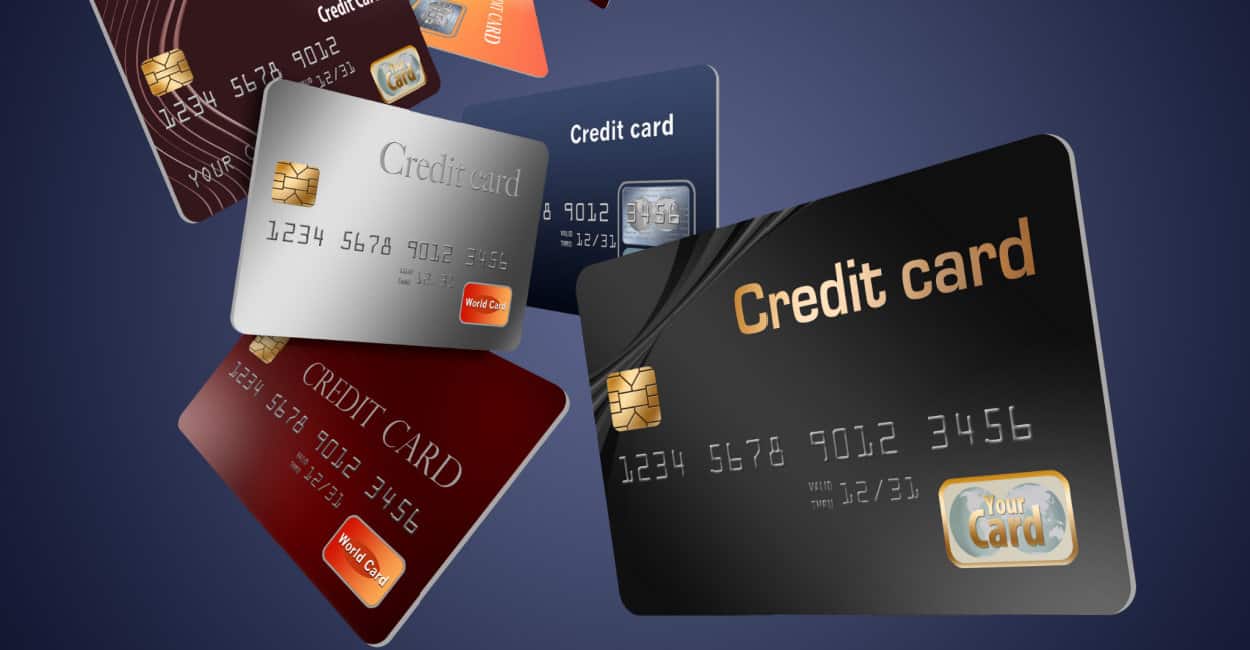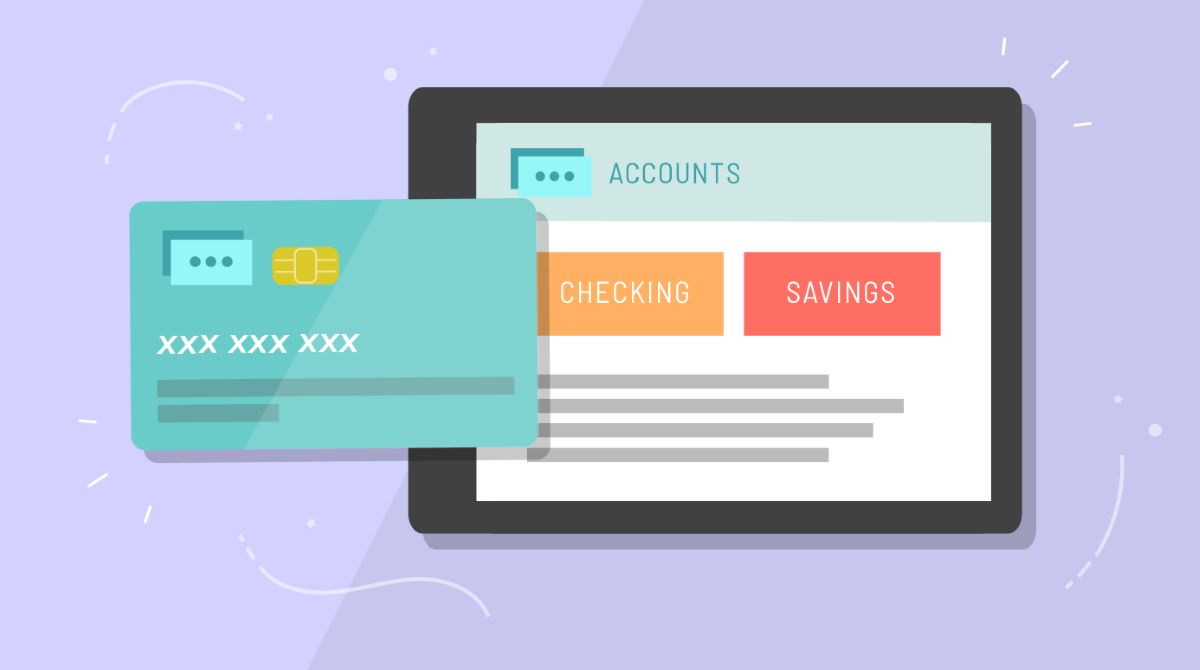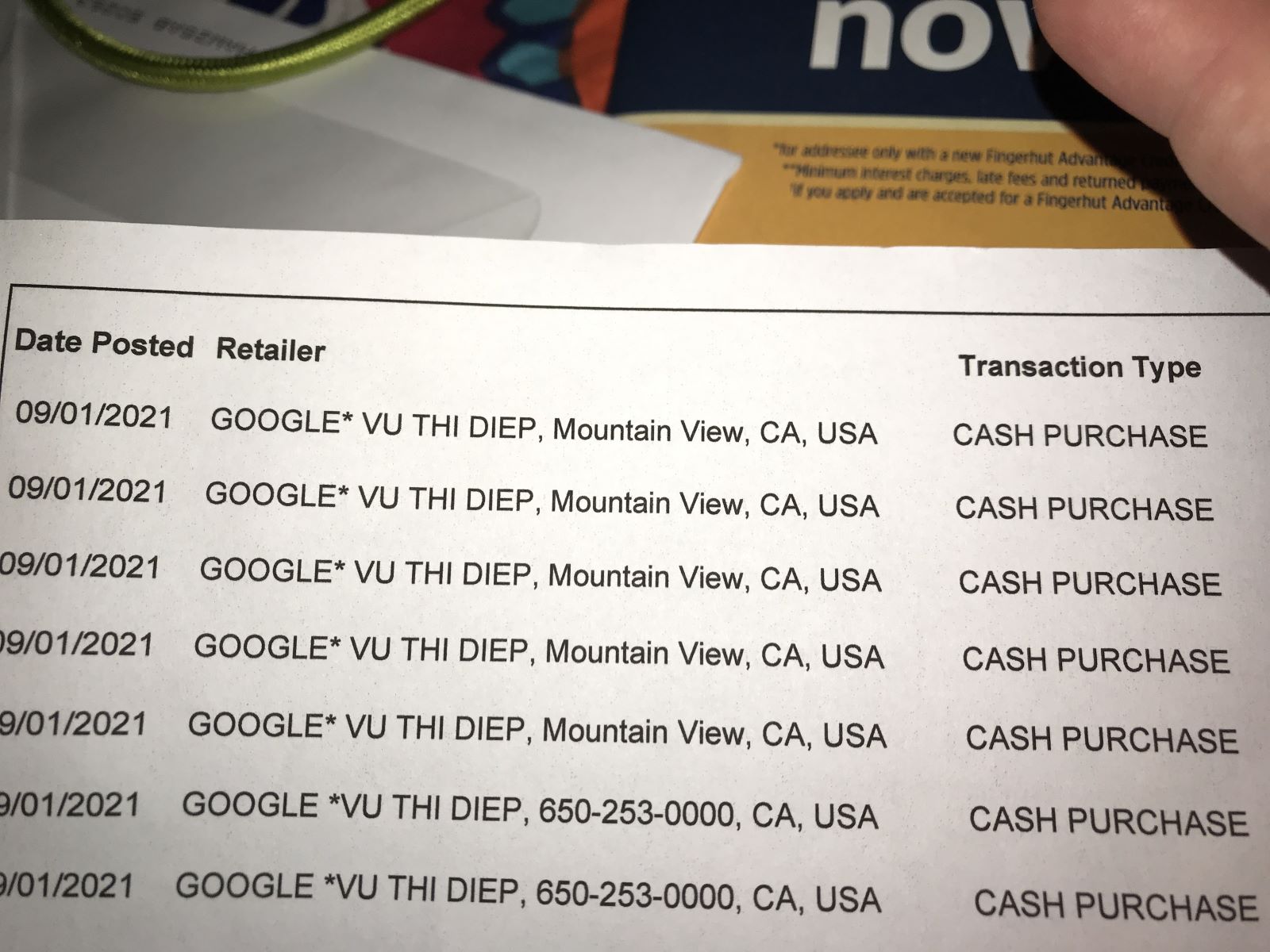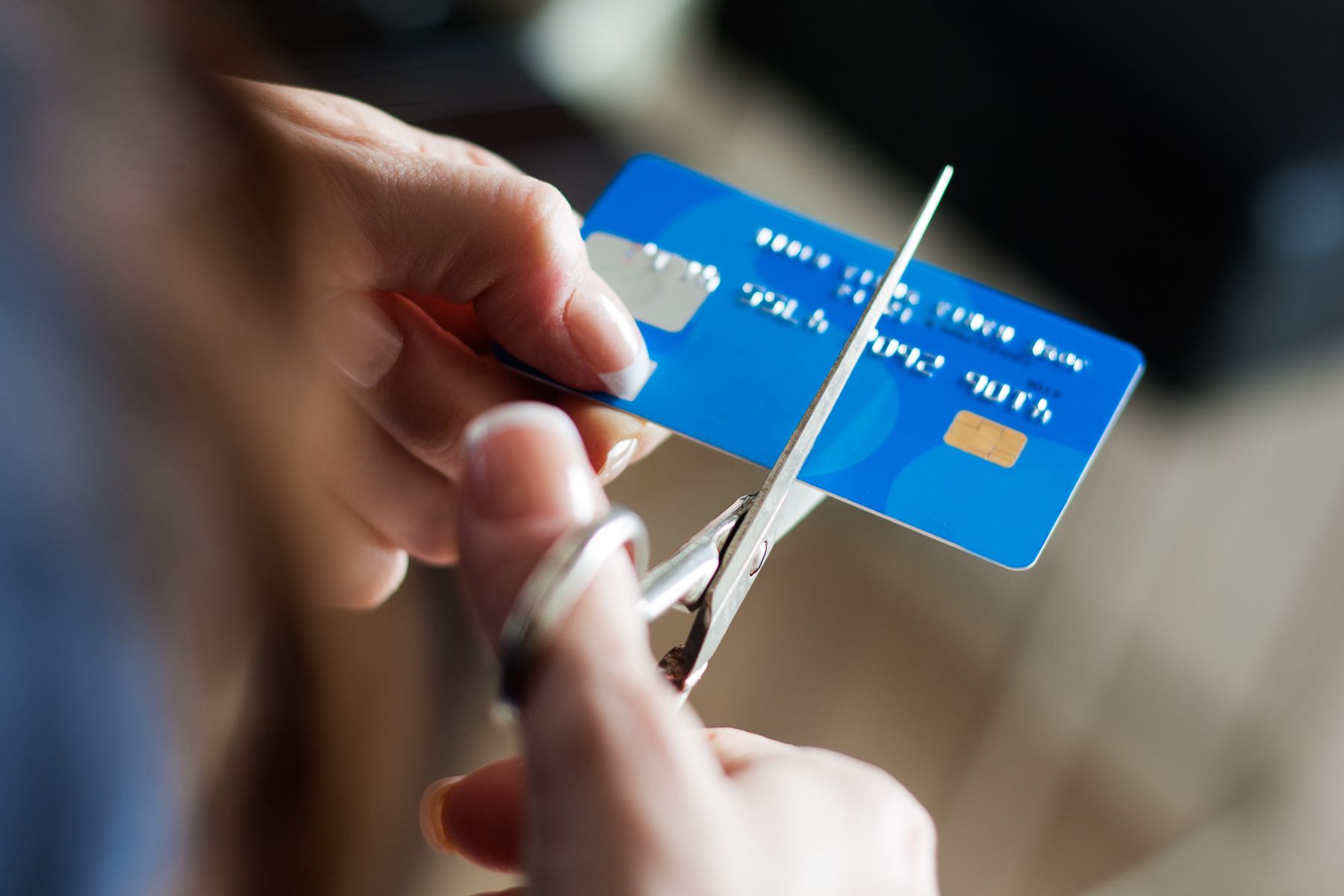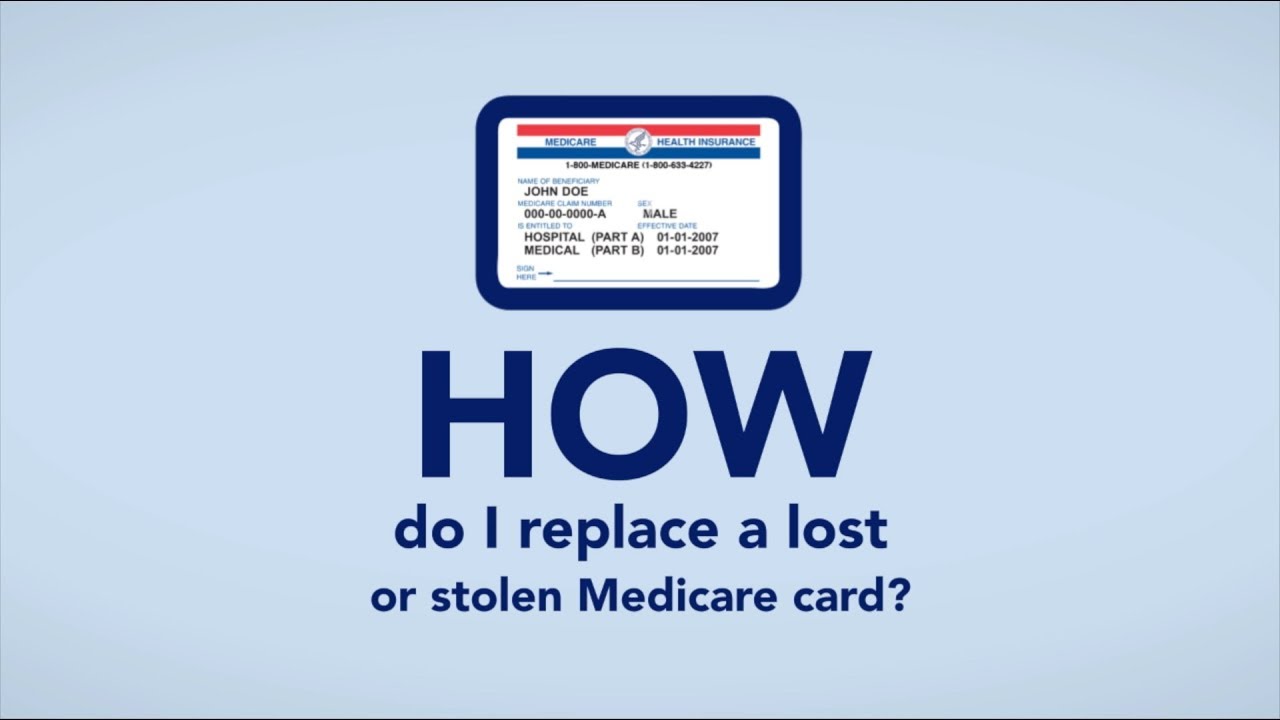

Finance
What To Do If You Lose Your Insurance Card
Published: November 15, 2023
If you lose your insurance card, don't panic! Follow these steps to ensure your finances are protected and you can easily obtain a replacement card.
(Many of the links in this article redirect to a specific reviewed product. Your purchase of these products through affiliate links helps to generate commission for LiveWell, at no extra cost. Learn more)
Table of Contents
- Introduction
- Step 1: Contact Your Insurance Provider
- Step 2: Request a Replacement Card
- Step 3: Verify Coverage with Your Provider
- Step 4: Update Medical Professionals and Facilities
- Step 5: Secure Your Personal Information
- Step 6: Consider Digital Options
- Step 7: Keep a Record of Important Details
- Conclusion
Introduction
Losing your insurance card can be a stressful situation, but it doesn’t have to be. Whether it got misplaced, damaged, or stolen, there are steps you can take to get a replacement and ensure that your coverage remains intact. In this article, we will walk you through the process of what to do if you find yourself without your insurance card.
Insurance cards are essential documents that provide proof of your coverage and are often required when seeking medical care or filing claims. Losing your card can create anxiety, as you want to ensure that you have the necessary information to access the care you need. However, by following these steps, you can quickly address the situation and regain peace of mind.
It’s worth noting that the specific steps may vary depending on your insurance provider and the type of insurance you have. It is always best to consult your insurance policy or contact your provider directly for guidance tailored to your situation. With that in mind, let’s dive into the steps you can take to resolve the situation effectively.
Step 1: Contact Your Insurance Provider
As soon as you realize that your insurance card is missing, the first action you should take is to contact your insurance provider. This is crucial because they can assist you in retrieving your account information and ensuring that your coverage remains valid.
When you contact your insurance provider, have your policy number and any other relevant information readily available. This will help expedite the process and ensure that you receive the necessary assistance. The contact information for your insurance provider can usually be found on their website, insurance documents, or on the back of your previous insurance card.
Inform the representative about your lost insurance card and ask for guidance on the next steps. They will likely ask you some identification questions to verify your identity and protect your account. Be prepared to provide details such as your name, birthdate, address, and social security number.
During the call, you can also inquire if there have been any recent transactions or unauthorized activities on your account. It’s essential to stay vigilant to protect your personal and financial information. If you suspect any fraudulent activities, notify your insurance provider immediately so appropriate measures can be taken.
Overall, contacting your insurance provider is the first and most crucial step in the process of recovering your insurance card. They will guide you through the necessary actions and help ensure that your coverage remains intact.
Step 2: Request a Replacement Card
Once you have contacted your insurance provider and informed them about your lost insurance card, the next step is to request a replacement card. They will provide you with instructions on how to do so.
In most cases, the insurance provider will offer multiple options for obtaining a replacement card. These options may include:
- Online request: Many insurance providers have online portals or mobile apps that allow you to request a replacement card easily. Simply log in to your account and follow the instructions provided to request a new card.
- Phone request: If online access is not available or convenient for you, you can also request a replacement card through a phone call. Contact your insurance provider’s customer service line and provide them with the necessary details to initiate the card replacement process.
- Mail request: Some insurance providers may require you to submit a written request for a replacement card. In this case, they will provide you with the address to which you should send your request. Include your policy number and any other necessary information in your written request.
When requesting a replacement card, it’s important to inquire about the timeline for receiving it. Depending on your insurance provider’s procedures and mailing times, it may take a few days or weeks for the replacement card to arrive. If you have an upcoming medical appointment, make sure to communicate this to your insurance provider and ask if they can expedite the process.
Keep in mind that while waiting for your replacement card, you may need to inform medical professionals and facilities about the situation. In the next step, we will delve into the importance of verifying your coverage with your insurance provider to avoid any issues during this transition period.
Step 3: Verify Coverage with Your Provider
After requesting a replacement card, it is essential to verify the status of your coverage with your insurance provider. This step ensures that you are aware of any potential changes or updates that may have occurred during the card replacement process.
While waiting for your new insurance card to arrive, it’s crucial to confirm with your insurance provider that your coverage is still active. This will help avoid any surprises or issues when you seek medical care or file claims.
You can verify your coverage by contacting your insurance provider through their customer service line or accessing your account online. Inquire about the effective dates of your policy and any changes that might have been made since the loss of your card.
During this conversation, you should also ask if there are any limitations or restrictions on your coverage during the replacement card period. Understanding any temporary changes to your coverage will allow you to make informed decisions when seeking medical treatments or services.
If you have any upcoming medical appointments or procedures, inform your healthcare providers about the situation and provide them with your policy details. They can also help verify your coverage and assist in any necessary paperwork or billing.
Remember to keep a record of the conversations you have with your insurance provider regarding the verification of your coverage. This documentation can serve as proof if any disputes arise in the future.
Verifying your coverage with your insurance provider is a crucial step in ensuring a seamless transition during the replacement card process. By confirming the status of your coverage, you can proceed with confidence and avoid any potential disruptions or denials of services.
Step 4: Update Medical Professionals and Facilities
Once you have confirmed the status of your coverage with your insurance provider, it’s important to update your information with the medical professionals and facilities you regularly visit. This ensures that they have the most up-to-date insurance details and can properly bill your insurance for any services rendered.
Contact your primary care physician, specialists, clinics, and any other healthcare providers you frequently see. Inform them about the loss of your insurance card and provide them with the updated policy information you received from your insurance provider. This will prevent any delays in processing claims or potential issues with coverage.
When updating your information, double-check that you have provided all the necessary details, including the policy number, group number, and any other required information specific to your insurance plan. This will help ensure accurate billing and a smooth claims process.
In addition to medical professionals, don’t forget to update any facilities or institutions where you receive medical services. This may include hospitals, laboratories, imaging centers, and pharmacies. Inform them about the change in your insurance information so they can update their records accordingly.
It’s crucial to notify healthcare providers and facilities in a timely manner to avoid any confusion or delays in billing. Failure to update your information may result in having to pay out-of-pocket for services that should have been covered by your insurance.
Keep a record of the medical professionals and facilities you have contacted and the dates of the updates. This documentation will serve as evidence if any billing discrepancies or issues arise later on.
By proactively updating your insurance information with medical professionals and facilities, you can ensure a smooth transition during the card replacement process and avoid any unnecessary financial burdens.
Step 5: Secure Your Personal Information
While dealing with the loss of your insurance card, it’s important to take steps to secure your personal information and protect yourself from potential identity theft or fraud.
Start by monitoring your financial accounts and credit reports for any suspicious activity. Look out for unauthorized transactions or new accounts opened in your name. If you notice anything unusual, report it to the relevant authorities and your financial institutions immediately.
Consider placing a fraud alert or credit freeze on your credit report to add an extra layer of protection. This can help prevent unauthorized individuals from accessing or using your personal information to apply for credit or loans.
It’s also a good idea to review the privacy and security policies of your insurance provider. Understand how they handle and protect your personal and medical information. If you have any concerns, reach out to their customer service for clarification.
In addition, be cautious about sharing your personal and insurance information with third parties. Only provide necessary information to authorized healthcare providers, insurance agents, or government agencies. Avoid sharing sensitive details over insecure channels such as email or unsecured websites.
Consider keeping a close eye on your mailbox to prevent your replacement card or any sensitive documents from being intercepted. If you have concerns about the security of your physical mail, you may want to consider having important documents sent to a secure location or opting for digital communication methods.
Finally, if you have medical ID cards or other documents that contain personal information, handle them with care. Shred any old insurance cards or documents before disposing of them to prevent others from accessing your sensitive information.
By taking these precautions, you can minimize the risk of identity theft and protect your personal information during and after the loss of your insurance card.
Step 6: Consider Digital Options
In today’s digital age, many insurance providers offer digital options for accessing and managing your insurance information. While waiting for your replacement card, it’s worth considering these digital alternatives to ensure convenient and secure access to your insurance details.
Firstly, check if your insurance provider has a mobile app. Often, these apps allow you to view your insurance card digitally, eliminating the need for a physical card. You can easily download and store your digital insurance card on your smartphone for easy access whenever needed.
Additionally, some insurance providers offer online portals where you can access your policy information, view claims history, and print temporary insurance cards. These portals are usually secure and accessible from any device with an internet connection.
By opting for digital options, you can reduce the reliance on a physical insurance card and have your insurance information readily available at your fingertips. This can be particularly helpful in situations where you may forget or misplace your physical card.
However, it’s important to keep in mind that not all healthcare providers or facilities may accept digital insurance cards. Before relying solely on a digital version, check with your healthcare providers to ensure they accept and can process digital insurance information.
If you choose to utilize digital options, make sure to secure your smartphone or computer with a strong password or biometric authentication. This will help protect your insurance information from unauthorized access in case your device is lost or stolen.
Consider exploring the digital options provided by your insurance provider and determine if they align with your preferences and the capabilities of your healthcare providers. Embracing digital solutions can streamline the insurance card replacement process and offer you greater convenience moving forward.
Step 7: Keep a Record of Important Details
As you navigate through the process of replacing your insurance card, it’s crucial to keep a record of important details related to the loss and the subsequent steps you have taken. This documentation will serve as a reference moving forward and ensure that you have a clear record of the actions you have taken.
Start by keeping a log of all the conversations you have had with your insurance provider. Note down the date, time, and name of the representative you spoke with, as well as a brief summary of the discussion. This record will be valuable if any discrepancies or issues arise in the future.
Additionally, maintain a list of the medical professionals and facilities you have contacted to update your insurance information. Include the date of contact and any relevant notes or instructions provided to you. Having this record will help you ensure that all necessary updates have been made and avoid potential billing or coverage complications.
Keep a copy of any documents or emails related to the replacement card process. This includes confirmation emails, tracking numbers, or any written correspondence with your insurance provider. Having this documentation easily accessible will be helpful in case you need to reference it or provide proof of your actions.
Consider organizing all this information in a secure and easily accessible location. You can create a physical file or folder to keep printed copies, or keep digital copies stored securely on your computer or cloud storage.
By maintaining a record of important details, you will have peace of mind knowing that you have evidence of the steps you have taken during the insurance card replacement process. This documentation will be valuable if there are any disputes or further inquiries regarding your insurance coverage in the future.
Conclusion
Dealing with the loss of your insurance card can be a hassle, but by following these steps, you can navigate the process smoothly and ensure the continuity of your coverage:
1. Contact your insurance provider as soon as you realize your card is missing. They will guide you through the necessary steps.
2. Request a replacement card through online, phone, or mail channels, as provided by your insurance provider.
3. Verify the status of your coverage with your insurance provider and communicate any upcoming medical appointments to ensure a seamless transition.
4. Update your insurance information with medical professionals and facilities you regularly visit to avoid billing complications.
5. Take steps to secure your personal information to protect yourself from potential identity theft or fraud.
6. Consider utilizing digital options provided by your insurance provider for convenient and secure access to your insurance information.
7. Keep a record of important details, including conversations with your insurance provider, updates made to medical professionals and facilities, and any relevant documentation.
Remember, each insurance provider may have its own specific processes and requirements, so it’s important to consult your insurance policy and contact your provider directly for guidance specific to your situation.
By following these steps, you can efficiently navigate the process of replacing your insurance card and ensure that your coverage remains intact. Stay proactive, vigilant, and organized throughout the process, and you will regain peace of mind knowing that you have taken the necessary steps to address the situation.




